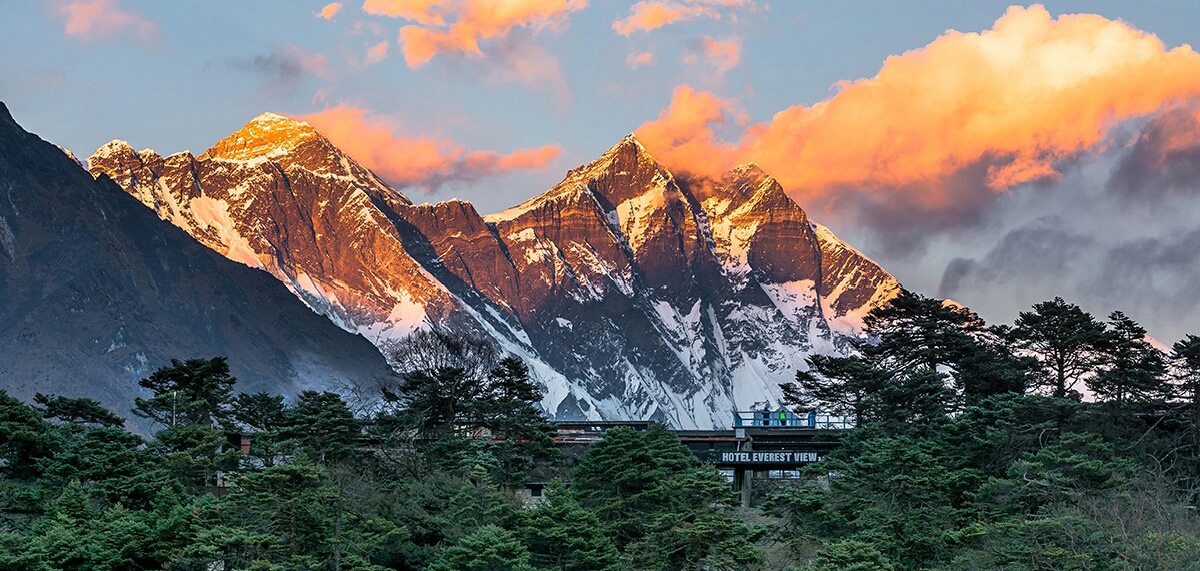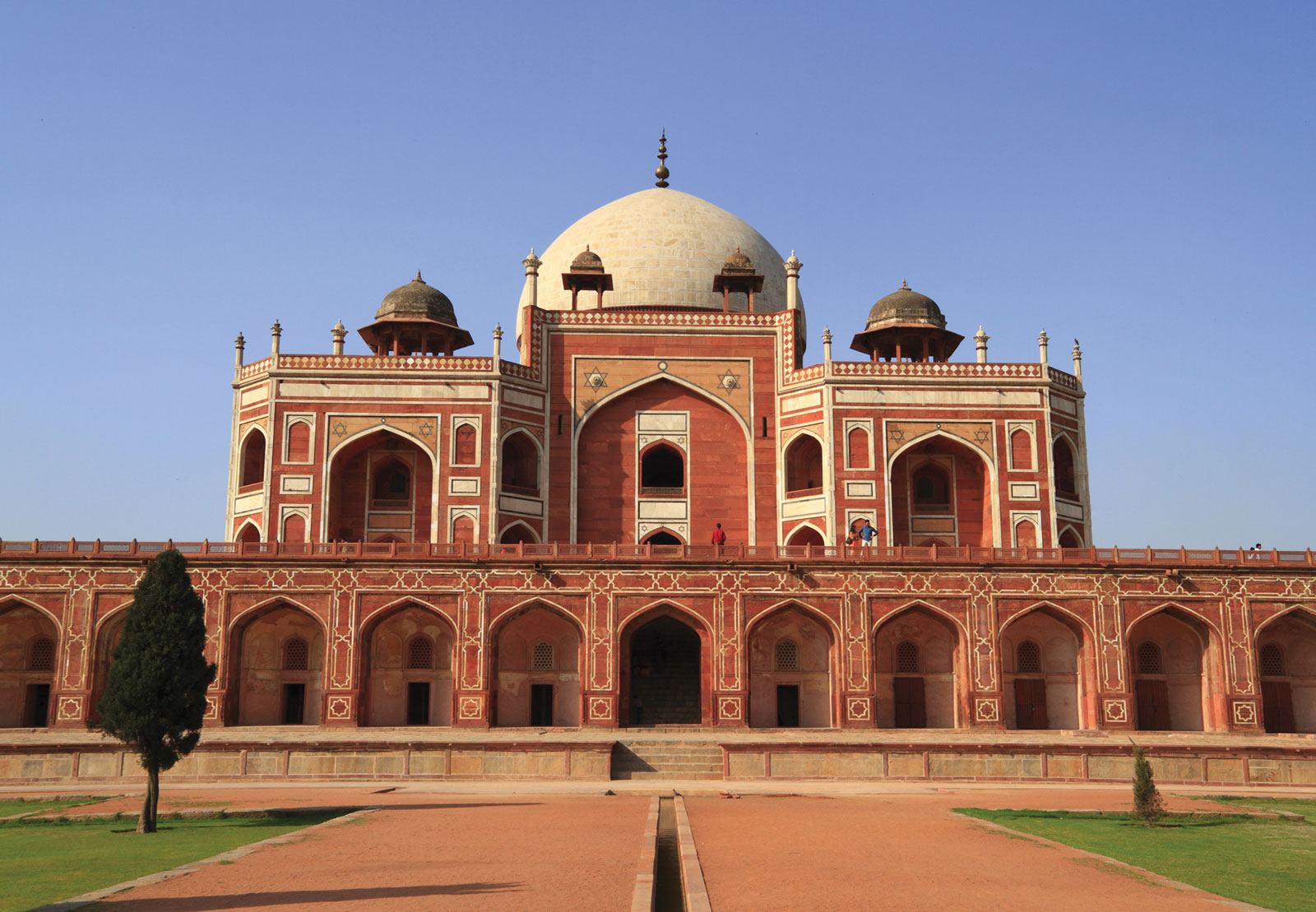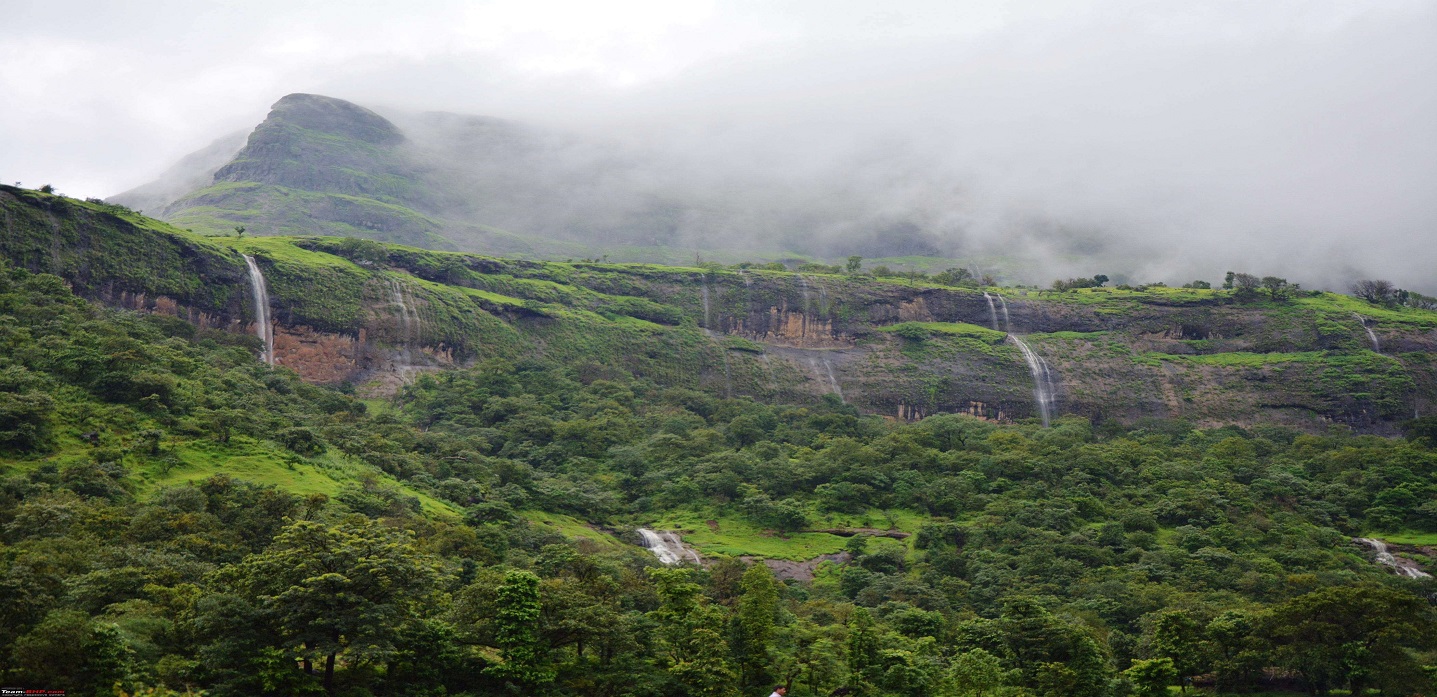Located in Punjab near the city of Jhelum, the historic Rohtas Fort is a fort that was built in the 16th century by the Afghan king Sher Shah Suri during his rule after the Battle of Chaunsa in 1539. The site includes the fort and a number of other buildings including several temples and separate residential areas. The complex is spread over 4 kilometres, in hilly terrain, with fort walls that are 50 to 80 feet high around the perimeter and 68 bastion towers to ward off intruders.
The Rohtas Fort was built to accommodate about 30,000 military personnel at a time, with its high position on the hill providing an ideal place to warn about any invaders or attacks. The fort has a total of 12 gates or gateways, many of which are still standing today. The fort found its place in the list of UNESCO World Heritage Sites in Pakistan in 1997 as an exceptionally well-preserved example of Muslim architecture and military strategies in South Asia. A museum has also been built inside the walls of the fort for the tourists.
HISTORY OF ROHTAS FORT
Sher Shah Suri ordered the construction of the fort to quell any rebellion in the area after the Potohars declared their rule over the local tribes and took control of the region in the early 16th century. He laid the foundation of the Suri kingdom in the subcontinent during his time as a ruler.
The fort was built in 8 years from 1541 to 1548 after it was commissioned. It was finally captured by the Mughal Emperor Humayun in 1555. It was also used for administrative purposes after the region passed under Sikh rule in the early 19th century.
How to get to Rohtas Fort
You can reach Rohtas Fort by traveling along Grand Trunk Road (GT Road) or National Highway 5 (N-5) and turn at Rohtas Fort Road, which will take you straight to the fort. The complex can generally be explored on foot. There is a parking area nearby for you to park your car during your visit.
What to see at Rohtas Fort
Rohtas Fort in Jhelum is spread over 170 acres of land, and due to its construction on hilly terrain, its complex is almost triangular in shape. What to see at Rohtas Fort during your visit:
Ander Kot
There are two separate areas inside the fort wall, namely Ander Kot and the main fort. Ander Kot is located on the north-west side of the fort and has been cut off by a dividing wall to create a residential area for the elite. This is where you can find the famous Rani Mahal and Haveli Man Singh.
Haveli Maan Singh
Most of the haveli is in ruins but you can still see the foundations of the buildings that adorned this part of the fort with their beauty.
Rani Mahal
Translating to Queen’s Palace, it is a one-storey structure consisting of four rooms when it was built. Today, only one of these remains intact. The 8 x 8 room is elaborately decorated both inside and out and is about 20 feet in height, with a vaulted ceiling decorated with geometric patterns and false windows. This haveli is located near Man Singh.
Perimeter Walls
The fort is surrounded by thick and high walls, built in three stages, each connected to the next with the help of stairs, which lead to the top of the walls. The walls are made of sandstone, bricks and mortar. Round minarets called bastions are located at intervals along the wall and were used to defend the fort against military attacks.
The Gates
There are 12 entrance gates of Rohtas Fort. All of them are built using ashlar stone and defend the fortress from all sides. The gates include:
- Sohail Gate – One of the entrances of the fort used for ceremonies
- Shah Chandwali Gate – The gate that connects the Main Fort with the Ander Kot
- Kabuli or Shahi Gate – Located near the Shahi Mosque
- Shishi Gate – A beautiful gate decorated with blue glazed tiles
- Langar Khan Gate – Located near the kitchens, storage areas, and water wells of the fort
- Talaqi Gate – A gate that is historically associated with bad omens
- Kashmiri or Mori Gate – Located in the general direction of Kashmir
- Khwas Khani Gate – The original entrance gate to the fort
- Gatali Gate – Named after a ravine flowing from the River Jhelum
- Tulla Mori Gate – Located on the eastern side of the fort
- Pipalwala Gate – A comparatively smaller entrance into the citadel
- Sar Gate – Named after a pond that is located opposite the gate inside the fort
Shahi Mosque
The Shahi or Shahi Masjid is located near the Kabuli Gate and was one of the most decorated structures in the complex. The mosque has a prayer hall and a small open courtyard with stairs that lead directly to the top of the Kabuli Gate to make it easier to escape from the mosque in case of enemy attacks. The outer walls and ceiling of the mosque have beautiful designs carved into the round domes that can only be seen from inside the prayer hall.
The Water Wells
The Rohtas Fort is home to three stepped wells or stepwells that were carved out of the mountain. The Central Baoli is part of the main fort and was used to supply water to soldiers and livestock. The Royal Baoli was dedicated to the use of royalty and is located in Ander Kot. It was used as a bath for the royal family. The Sir Gate is located close to the Baoli Gate and was probably used by soldiers guarding the perimeter walls.
Architectural Features
Ornamental artwork of 16th century Muslim architecture can be seen on the inner walls of the fort. Stone carvings, calligraphy of Arabic words on various gates, tilework on Shishi Gate, and arched gateways are some of the artistic and architectural features seen in the fort.
Rohtas Fort Timings
The fort is open daily from 9 am to 5 pm. You can easily hire a local guide to make your visit even more enjoyable with the legends and stories associated with the fort.
Rohtas Fort Tickets
It costs PKR 20 for locals to visit the fort, while Rohtas fort tickets for foreigners can cost PKR 500. Foreign visitors may also be required to show their passport upon entry at the gate. A guide can charge around 100 PKR per hour to take you on a tour around the fort.
Read More About Word Heritage sites in Pakistan
- Takht-e-Bahi : The Jewel of Cultural Heritage
- Taxila : History, Archaeological Value & Tourism
- Mohenjodaro & Harappa – Archaeological Ruins
- Shalimar Gardens Lahore : Historical Facts
- Makli Historical Monuments : Destinations to visit in Thatta
Frequently Asked Questions About Rohtas Fort
Q. What is special about Rohtas Fort?
A – The fort is the largest and one of the most formidable in the subcontinent. The fort is known for its large defensive walls and several monumental gateways. Rohtas Fort was inscribed as a World Heritage Site by UNESCO in 1997 as an “extraordinary example of Muslim military architecture of Central and South Asia”.
Q. Who built the Rohtas Fort?
A – After the defeat of the Mughal emperor Humayun in 1541, Sher Shah Suri built a fortified fortified complex at Rohtas, now a strategic site in the north of Pakistan.
Q. Who lived in Rohtas Fort?
A – Rohtas Fort was built to crush the local tribes of Potohar, who revolted against the Sur dynasty after the Mughal emperor Humayun was ousted by the former. The fort took eight years to build, it was taken over by the Mughal emperor Humayun in 1555.
Q. What does rohtas mean
A – Rohtas – detailed meaning. Your name of Rohtas has evoked the potential for you to excel as a playwright, musician, writer, or artist, or in other inspirational fields. It has given you a smart, deep mind and made you idealistic, highly sensitive and deeply emotional.
Q. When was Rohtasgarh Fort built?
A – Haibat Khan, a trusted soldier of Sher Shah, built the Jami Masjid in 1543 AD, which is located to the west of the fort. It is made of white sandstone and has three domes. Perhaps there is the tomb of Habsh Khan, the superintendent of the functions of Daroga or Sher Shah.









